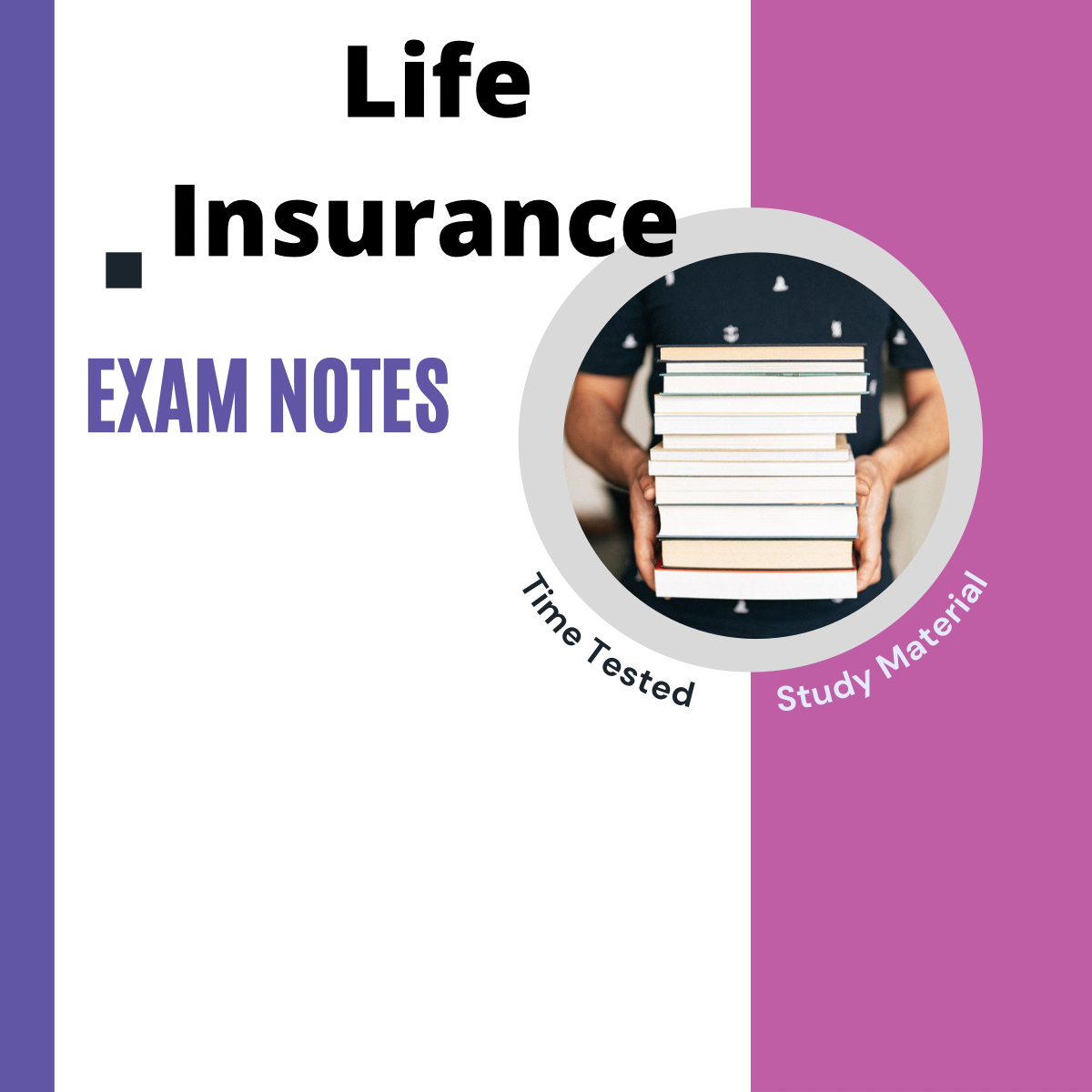The Of Pacific Prime
The Of Pacific Prime
Blog Article
How Pacific Prime can Save You Time, Stress, and Money.
Table of ContentsSee This Report on Pacific PrimePacific Prime for BeginnersAn Unbiased View of Pacific PrimeThe Greatest Guide To Pacific Prime
In many states, the insurance provider is needed to send you a duplicate of the changes to your policy. It is necessary that you check out Recommendations or Motorcyclists so you understand how your plan has actually changed and if the plan is still ample to meet your needs. To get a duplicate of your insurance plan, please call your insurance policy agent or company.
The Institute of Medicine (IOM) Committee on the Repercussions of Uninsurance launches an extended assessment of evidence that addresses the significance of health insurance policy coverage with the magazine of this report. Coverage Issues is the first in a collection of six records that will be released over the next two years documenting the reality and consequences of having an estimated 40 million people in the USA without health and wellness insurance protection.

Pacific Prime Fundamentals Explained
The objective of this collection of research studies is to redouble plan interest on a historical problem. Adhering to the lengthiest financial development in American background, in 1999, an estimated one out of every six Americans32 million adults under the age of 65 and greater than 10 million childrenremains uninsured (Mills, 2000).

Ten percent of the populace represent 70 percent of wellness care expenses, a relationship that has remained continuous over the previous 3 decades (Berk and Monheit, 2001) - global health insurance. Thus health insurance policy remains to offer the feature of spreading out danger also as it significantly finances regular care. From the point of view of healthcare service providers, insurance policy carried by their individuals aids secure a revenue stream, and communities take advantage of financially feasible and stable health and wellness treatment professionals and institutions
Government provides health and wellness insurance to populaces whom the private i loved this market may not offer properly, such as handicapped and seniors, and populaces whose access to healthcare is socially valued, such as children and expectant women. The ultimate ends of medical insurance protection for the specific and communities, including workplace areas of employees and employers, are improved health end results and lifestyle.
Rumored Buzz on Pacific Prime
Staff members place medical insurance first without a doubt in value among all the benefits offered in the office (Salisbury, 2001). Although there have been substantial investments of personal and public funds to provide wellness insurance coverage, many individuals still have no coverage. Despite extensive reporting of study searchings for and health and wellness treatment research study results, the public remains baffled and misinformed concerning Americans without wellness insurance policy and the ramifications of doing not have coverage.

Without concern, the intricacy of American wellness care financing devices and the wealth of resources of information add to the general public's complication and uncertainty concerning medical insurance stats and their interpretation. This record and those that will follow purpose to distill and provide in easily understandable terms the comprehensive research that births on inquiries of medical insurance protection and its importance.
Fifty-seven percent of Americans surveyed in 1999 believed that those without medical insurance are "able to obtain the treatment they need from medical professionals and healthcare facilities" (Blendon et al., 1999, p. 207). In 1993, when nationwide focus was focused on the troubles of the uninsured and on pending healthcare legislation, simply 43 percent of those questioned held this belief (Blendon et al., 1999).

They also obtain fewer preventive services and are less likely to have routine take care of chronic problems such as high blood pressure and diabetic issues. Chronic diseases can bring about costly and disabling complications if they are not well handled (Lurie et al., 1984; Lurie et al., 1986; Ayanian et al., 2000). One national survey asked even more than 3,400 adults regarding 15 very major or morbid conditions.
The Only Guide for Pacific Prime
Additional evidence exists later on in this phase in the conversation of insurance coverage and accessibility to wellness care. https://pacificpr1me.start.page. Individuals without health insurance policy are young and healthy and balanced and pick to go without insurance coverage. Nearly fifty percent (43 percent) of those surveyed in 2000 believed that individuals without health insurance are more probable to have health and wellness issues than people with insurance coverage
Citizens and policy makers in focus group conversations define those without insurance as youngsters who have the opportunity to be covered and feel they do not require it (Porter Novelli, 2001). Compared to those with at least some personal protection, the uninsured are much less most likely to report being in excellent or excellent wellness (Agency for Medical Care Research and Quality, 2001).
SOURCE: Center for Price and Financing Researches, Company for Health Care Study and Quality, based on MEPS data. Young person in between 19 and 34 are much more most likely to do not have medical insurance than any other age team. This is primarily due to the fact that they are much less usually qualified for employment-based insurance as a result of the nature of their task or their short period in it.
The assumption that individuals without insurance coverage have better-than-average wellness adheres to from perplexing the reasonably young age account of the without insurance with the much better wellness, generally, of younger persons. This obscures the link between wellness standing and wellness insurance policy. For those without accessibility to workplace wellness insurance, poor wellness is a potential obstacle to buying nongroup insurance coverage due to the fact that such coverage might be highly valued, leave out pre-existing conditions, or be just unavailable.
Report this page